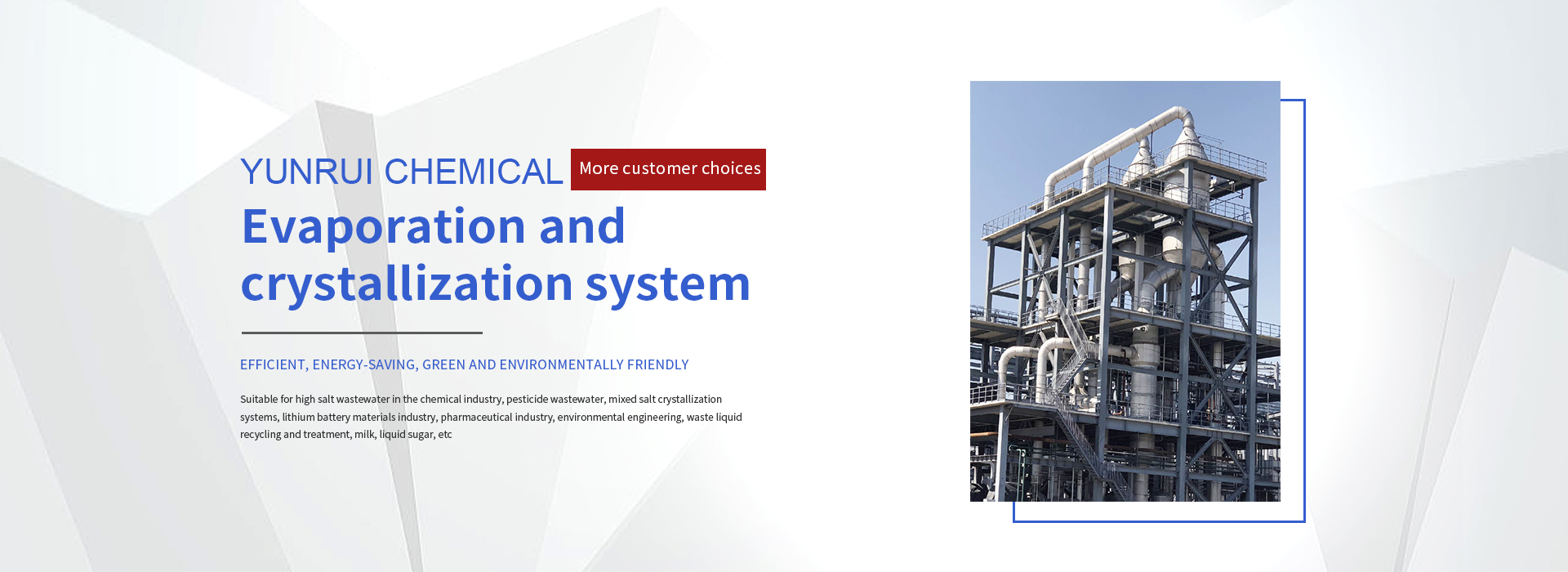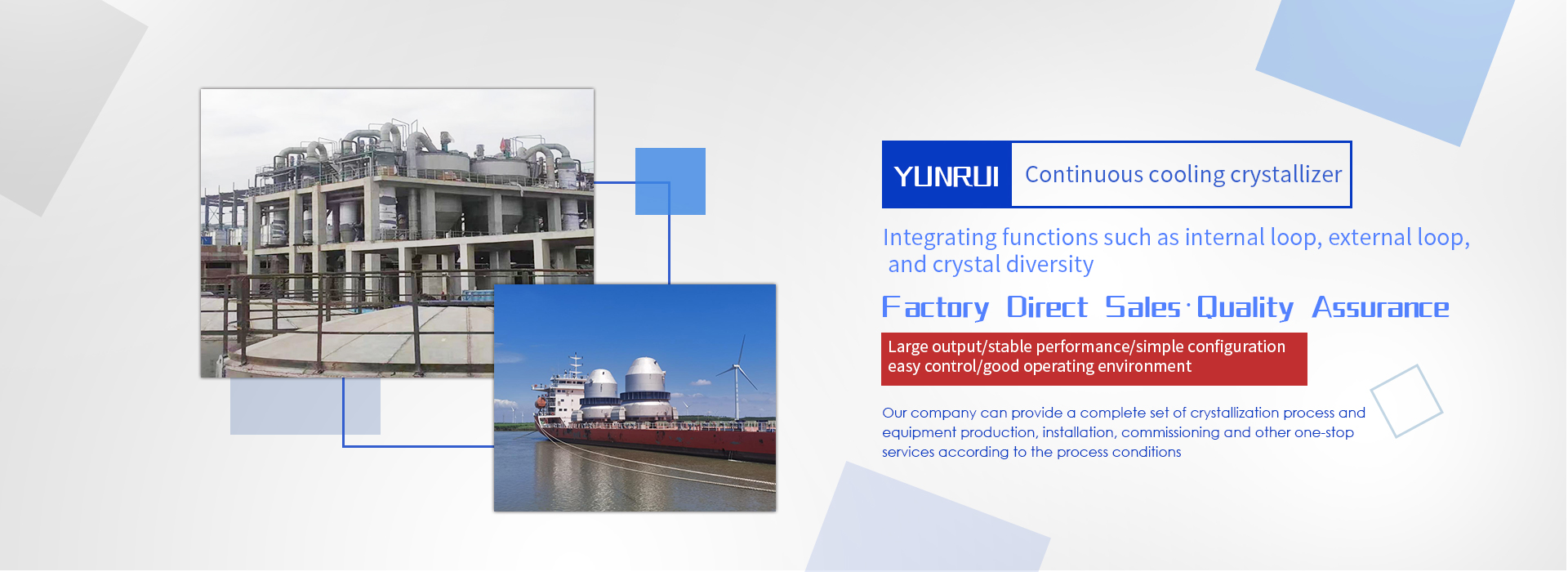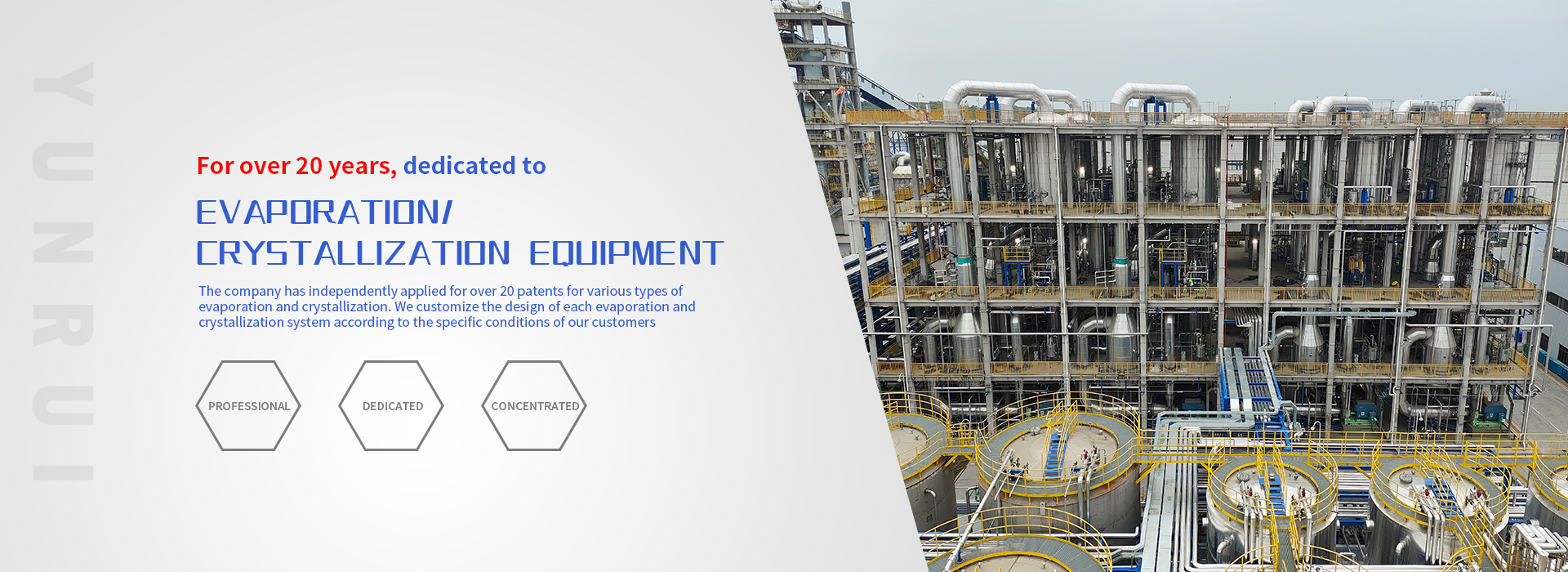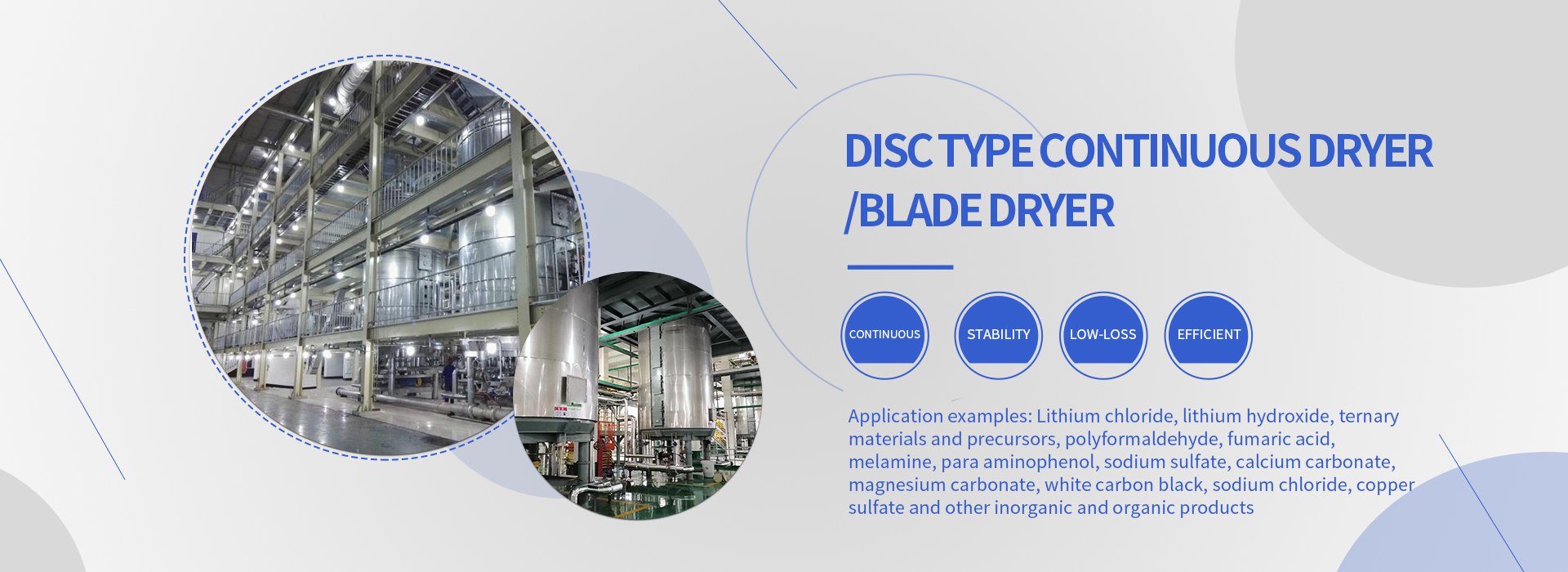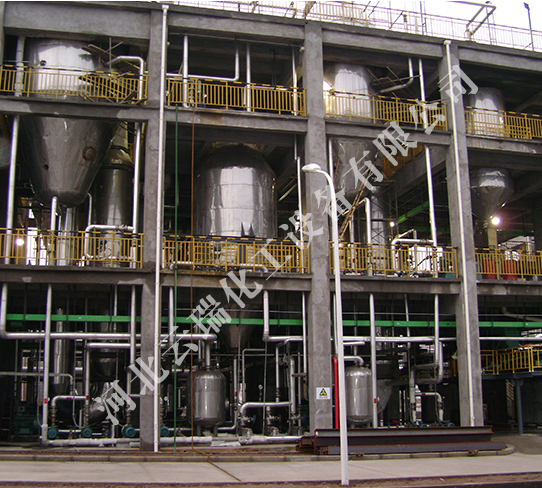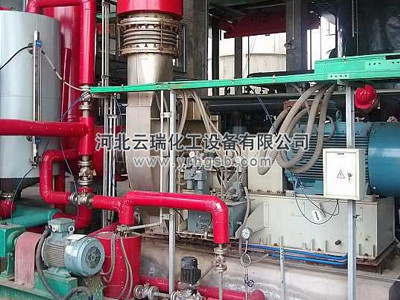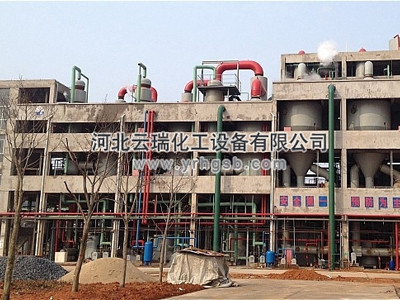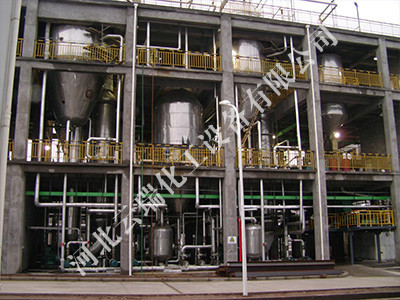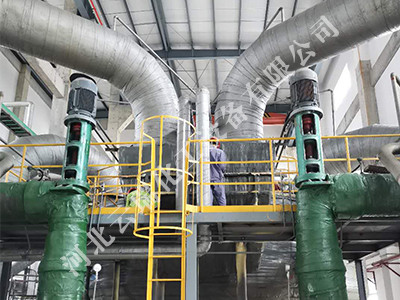Multi effect evaporator uses the secondary steam generated by the previous effect as the heating steam for the subsequent effect, allowing the heat to be utilized multiple times and using much less steam than single effect evaporation.
In industrial production, it is common to encounter the requirement to process a large amount of liquid and vaporize a large amount of water. In order to save heating steam, multi effect evaporation can be used. Multi effect evaporation is a system that connects multiple evaporators end-to-end and operates in series. The operating pressure and boiling point of the solution in the latter effect are lower than those in the former effect. Only fresh heating steam is added to the first effect with the highest operating pressure, and the generated secondary steam is passed into the heating chamber of the latter effect as the heating steam of the latter effect. That is to say, the heating chamber of the latter effect becomes the condenser of the secondary steam of the former effect. The last effect is often operated under vacuum, and only the secondary steam of the last effect is condensed with a cooling medium. Therefore, multi effect evaporation not only significantly reduces The consumption of heating steam also significantly reduces the consumption of cooling water.
Multi effect co current evaporator refers to the process of materials being the same as that of secondary steam. The material enters from the first effect, and the secondary steam evaporated enters the second effect. The material concentrated in the first effect enters the second effect for further concentration. And so on.
The multi effect co current evaporator is easy to operate due to the same material and secondary steam process. At the same time, due to the fact that the material with the highest concentration is in the final effect, the corrosiveness is weaker due to the lower final effect pressure and temperature. It is a commonly used evaporator process.
tower general contractor
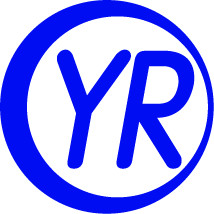
 中文(簡(jiǎn)體)
中文(簡(jiǎn)體) 